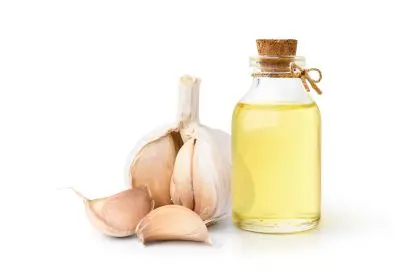In the quest for peak well-being, recognizing the pivotal role of circulation is imperative. Serving as the body’s vital highway, circulation plays a paramount role in delivering life-sustaining oxygen and essential nutrients while efficiently eliminating metabolic waste. Amid the myriad practices that promote overall health, one stands out for its simplicity and profound impact: stretching.
Stretching — often underestimated in its potency — emerges as a dynamic and accessible tool in the enhancement of circulation. Beyond the realms of mere flexibility, the act of stretching orchestrates a symphony within the body, opening up pathways for improved blood flow and heightened cardiovascular function. This article unravels the symbiotic relationship between stretching and circulation, delving into the science behind this practice and illuminating how a few intentional stretches can pave the way for a healthier, more vibrant life.
The significance of circulation
Before delving into the benefits of stretching, it’s crucial to grasp the role circulation plays in maintaining overall health. Effective circulation ensures that every cell receives the essential oxygen and nutrients it needs to function optimally. Additionally, proper circulation supports the efficient removal of metabolic waste from cells, contributing to a healthy and vibrant body.
How stretching boosts circulation
Stretching serves as a holistic approach to enhance circulation, promoting a range of benefits for both the cardiovascular and lymphatic systems.
1. Improved blood flow
Stretching helps open up blood vessels and arteries, allowing for smoother blood flow. As muscles lengthen during a stretch, blood vessels dilate, reducing resistance to blood flow and enhancing the efficiency of the circulatory system.
2. Increased heart rate
Dynamic stretching — which involves controlled movements — can elevate the heart rate. This increase in heart rate facilitates the pumping of blood more vigorously throughout the body, ensuring that vital nutrients are efficiently transported to cells.
3. Enhanced lymphatic flow
The lymphatic system, a vital component of the immune system, relies on movement to function effectively. Stretching stimulates the lymphatic vessels, promoting the drainage of lymph fluid and the elimination of toxins. This not only supports immune health but also contributes to the overall well-being of the body.
The connection between stretching and cardiovascular health
Beyond the immediate benefits to circulation, incorporating regular stretching into your routine has a positive impact on cardiovascular health.
1. Reduced risk of cardiovascular diseases
Engaging in stretching exercises, such as yoga or Pilates, has been linked to a decreased risk of cardiovascular diseases. These activities not only enhance flexibility but also contribute to a healthier heart and improved blood pressure.
2. Stress reduction
Chronic stress can negatively affect circulation. Stretching — particularly mindful practices like yoga — promotes relaxation and reduces stress hormones, creating a positive environment for optimal circulation.
Incorporating stretching into your routine
Now that we understand the profound connection between stretching and circulation, it’s essential to explore practical ways to incorporate stretching into our daily lives.
1. Morning stretch routine
Start your day with a gentle stretching routine to awaken your muscles and kickstart circulation. Incorporate stretches that target major muscle groups, holding each stretch for 15-30 seconds.
2. Desk stretches
Combat the sedentary nature of desk jobs by incorporating simple stretches throughout the day. Neck rolls, shoulder stretches and seated leg extensions can help alleviate tension and promote circulation.
3. Evening relaxation
Wrap up your day with calming stretches to relax your body and mind. Focus on deep, controlled breathing to enhance the calming effects and promote circulation before bedtime.
In the relentless pursuit of well-being, the unassuming practice of stretching emerges as a stalwart ally, particularly in the realm of optimizing circulation. As the curtains draw on this exploration of the intricate dance between stretching and circulatory vitality, it becomes abundantly clear that these simple, intentional movements hold the key to a healthier, more vibrant life.
Whether you choose the dynamic fluidity of yoga, the focused precision of targeted stretches, or the energizing power of dynamic movements, the impact on your circulatory system is profound. Improved blood flow becomes not just a physiological outcome but a testament to your commitment to holistic health. The ripple effect extends to heightened cardiovascular well-being, creating a harmonious symphony within your body.
This story was created using AI technology.












